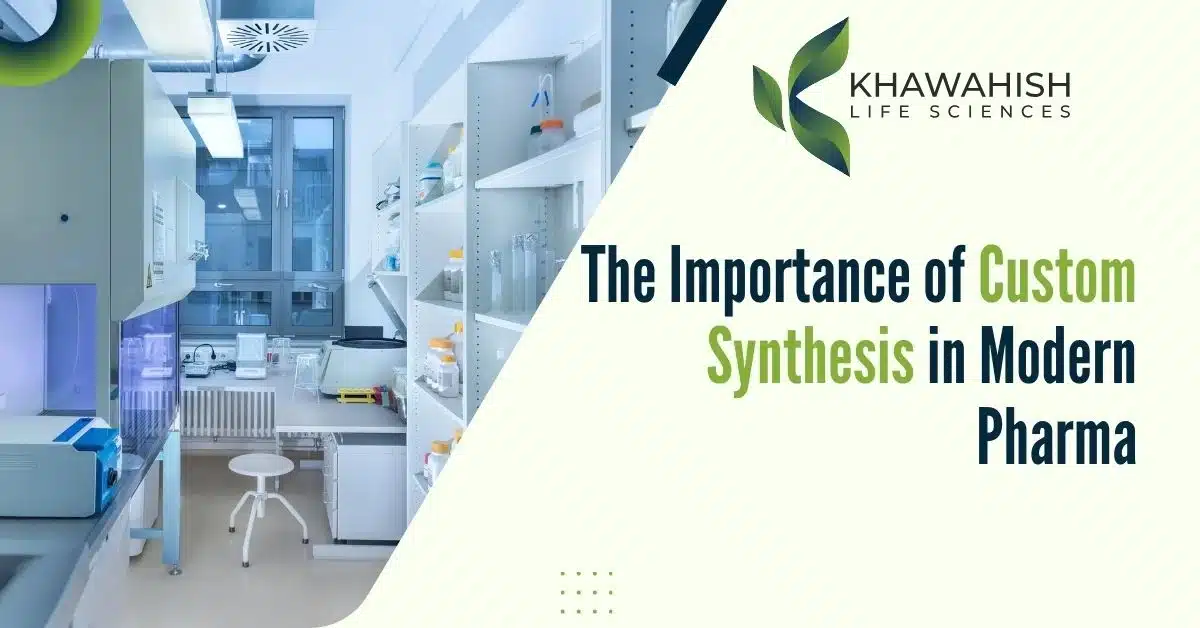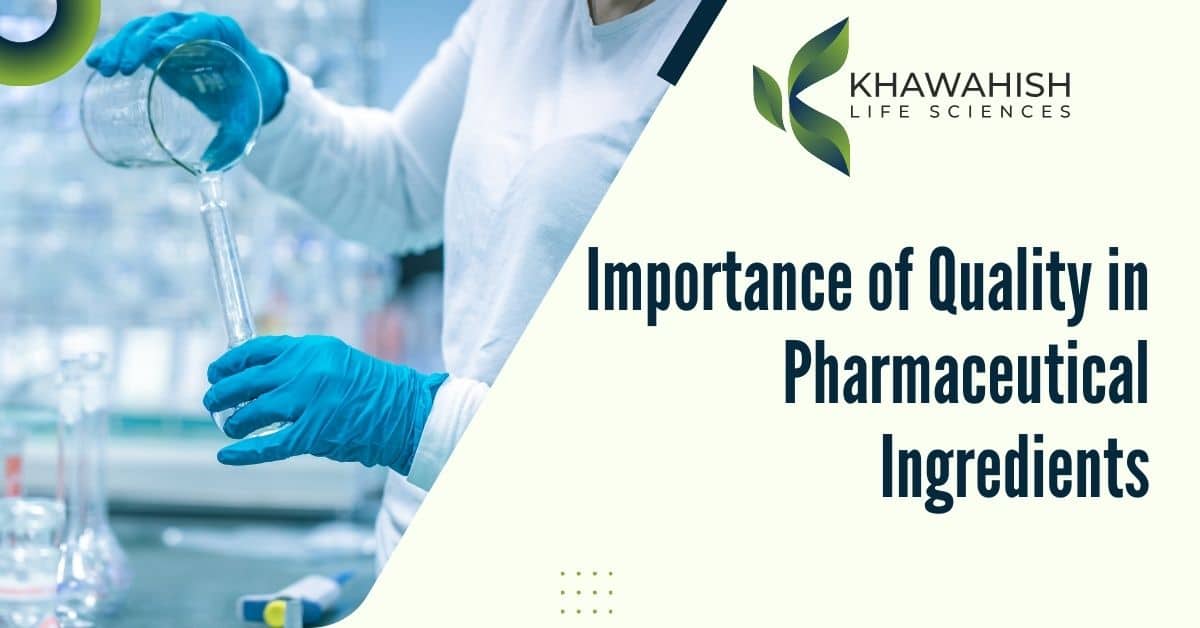
In the dynamic world of pharmaceuticals, ensuring the safety of pharmaceutical ingredients is paramount. The development of any medication begins with rigorous testing of its ingredients, ensuring they meet the highest safety standards before reaching consumers. This comprehensive process not only maintains the integrity of the pharmaceutical industry but also safeguards public health.
Why Is Safety Testing of Pharmaceutical Ingredients Important?
Pharmaceutical ingredients, both active and inactive, play crucial roles in a medication’s efficacy. While active pharmaceutical ingredients (APIs) deliver therapeutic effects, excipients (inactive ingredients) aid in drug stability, absorption, and delivery. However, without thorough testing, even seemingly harmless ingredients can pose significant health risks.
Safety testing ensures:
- Efficacy and Potency: Active ingredients provide the intended therapeutic effects.
- Purity: Ingredients are free from contaminants, toxins, or impurities.
- Stability: Medications maintain their safety and effectiveness over time.
- Compliance: Products meet stringent regulatory requirements.
Key Safety Testing Methods for Pharmaceutical Ingredients
Toxicological Studies
Toxicological testing is a critical step in determining how pharmaceutical ingredients affects biological systems. These studies assess:
- Acute Toxicity: Effects of a single or short-term exposure.
- Chronic Toxicity: Impact of long-term exposure.
- Carcinogenicity: Potential to cause cancer.
- Reproductive Toxicity: Effects on fertility and reproduction.
Example: Before approval, new APIs undergo rigorous animal and in vitro studies to predict potential human responses.
Analytical Testing
Analytical testing verifies the chemical composition, purity, and potency of pharmaceutical ingredients. Techniques used include:
- Chromatography: For separating and analyzing complex mixtures.
- Spectroscopy: To identify and quantify compounds.
- Mass Spectrometry: Providing molecular details of ingredients.
These methods help in detecting impurities and ensuring that the pharmaceutical ingredients meet quality standards.
Ready to elevate your pharmaceutical safety standards? Contact us for pharmaceutical ingredient testing!
Microbiological Testing
Microbiological testing is essential, especially for ingredients used in sterile and injectable products. This testing evaluates:
- Microbial Limits: Ensuring the absence of harmful microorganisms.
- Endotoxin Testing: Detecting toxins produced by bacteria.
- Sterility Testing: Confirming that products are free from viable microorganisms.
This process is particularly crucial in biologics and vaccines, where safety and purity are vital.
Stability Testing
Stability testing assesses how pharmaceutical ingredients react under various environmental conditions, including temperature, humidity, and light.
- Accelerated Stability Testing: Simulates long-term storage conditions to predict shelf life.
- Real-Time Stability Testing: Monitors ingredient stability over its expected shelf life.
Stability testing helps determine the correct storage conditions and expiry dates for medications.
Regulatory Guidelines for Pharmaceutical Ingredient Safety
Global regulatory bodies such as the U.S. Food and Drug Administration (FDA), European Medicines Agency (EMA), and International Council for Harmonisation (ICH) set strict safety and testing guidelines for pharmaceutical ingredients.
Regulatory compliance includes:
- Good Manufacturing Practices (GMP): Ensuring consistent quality and safety.
- Good Laboratory Practices (GLP): Maintaining data integrity and reliability.
- Clinical Trials: Demonstrating the safety and efficacy of pharmaceutical ingredients in human subjects.
Advanced Technologies in Pharmaceutical Ingredient Testing
With advancements in technology, testing methods have evolved to enhance accuracy and efficiency:
- High-Performance Liquid Chromatography (HPLC): For ingredient separation and analysis.
- Nuclear Magnetic Resonance (NMR): Offering detailed molecular structure information.
- Next-Generation Sequencing (NGS): In biologics, to analyze genetic material for safety.
These technologies streamline testing processes and contribute to the development of safe, high-quality pharmaceutical products.
Challenges in Pharmaceutical Ingredient Safety Testing
- Complexity of New Molecules: As new drugs become more complex, testing requirements increase.
- Regulatory Compliance: Navigating varying global regulations can be challenging.
- Supply Chain Integrity: Ensuring ingredient quality from third-party suppliers.
- Evolving Standards: Staying updated with regulatory changes and scientific advancements.
Addressing these challenges requires robust quality control processes and ongoing monitoring of pharmaceutical ingredients throughout the product lifecycle.
Frequently Asked Questions
How are drugs tested for safety?
Drugs undergo a multi-phase testing process, including laboratory research, preclinical animal studies, and clinical trials in humans to assess safety, efficacy, and potential side effects before regulatory approval.
How does the FDA determine what is safe?
The FDA evaluates safety through rigorous analysis of clinical trial data, assessing the drug’s benefits versus risks, ensuring adherence to quality standards, and monitoring post-market safety.
What is the test of active pharmaceutical ingredients?
Active pharmaceutical ingredients (APIs) are tested using analytical methods like chromatography and spectroscopy to verify purity, potency, stability, and safety, ensuring compliance with regulatory standards.
How do pharmaceutical companies test their products?
Pharmaceutical companies test their products through laboratory analysis, preclinical trials, clinical trials, and ongoing quality control processes, adhering to regulatory guidelines to ensure safety and effectiveness.
Conclusion
The safety testing of pharmaceutical ingredients is a foundational step in drug development. Through rigorous testing methodologies, adherence to regulatory guidelines, and the adoption of advanced technologies, the pharmaceutical industry ensures that every ingredient meets safety and efficacy standards.
For manufacturers and consumers alike, understanding the meticulous process behind pharmaceutical ingredient testing builds confidence in the medications that contribute to health and well-being.
By prioritizing safety at every step, from initial research and development to the final product, the pharmaceutical industry not only advances medical innovation but also upholds its commitment to protecting public health.

